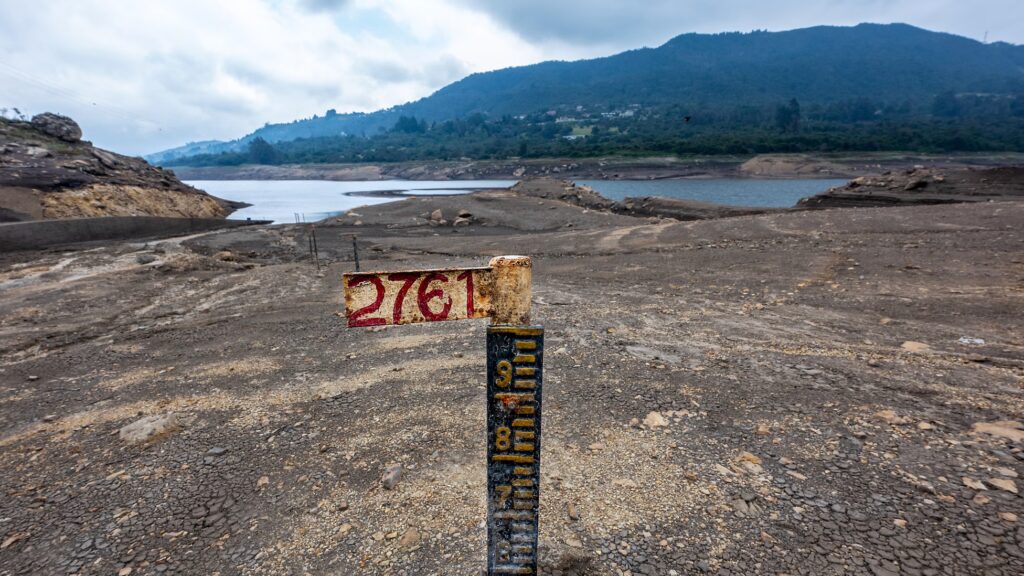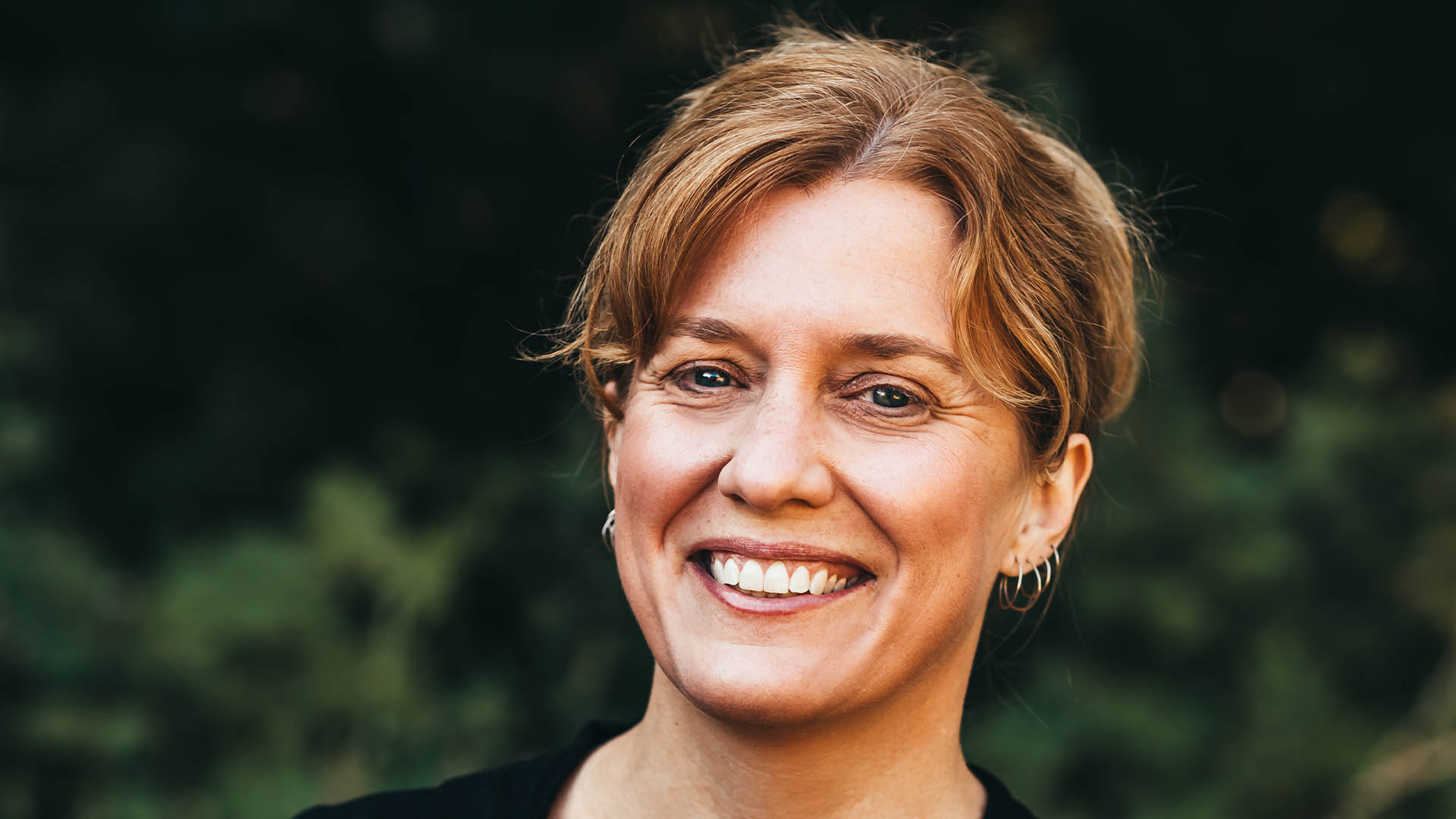
Bogotá’s Water Rationing Is a Preview
More places should practice going without crucial resources.
Originally Published by The Atlantic
Written by Elizabeth Rush
Last winter, the mountains that shape Bogotá’s skyline more than any skyscraper were on fire. Which is strange in a place known for its abundant rainfall, but Colombia has been running low on precipitation since June 2023. In the spring of this year, the mayor began rationing water—the city and its 11 million inhabitants split into nine zones, each of which would have no water once every 10 days. My brother-in-law had told me about the plan, but by the time my family and I moved to Colombia this past summer, I’d forgotten.
One afternoon, not two weeks after unpacking our bags, I tried to refill the half-empty water-purification tank in the kitchen, but when I opened the faucet, nothing happened. I went to the portero, to ask about the absence. He told me it was thanks to the mayor, though we both knew it wasn’t the mayor’s fault.
In Colombia, climate change, coupled with deforestation in the Amazon and El Niño weather patterns that have become more intense, has caused a punishing and prolonged drought. The San Rafael reservoir rests above the city and is replenished by water collected in the country’s páramos––a high-alpine ecosystem known for its nearly constant moisture; as of April, when the rationing began, the reservoir was at less than 20 percent capacity. Natasha Avendaño, the general manager of El Acueducto de Bogotá, the organization responsible for the city’s water infrastructure, recently reported that this August was the driest month in the 55 years since the city started keeping track. Restrictions are unlikely to be lifted anytime soon.
To read the full story, click here.




